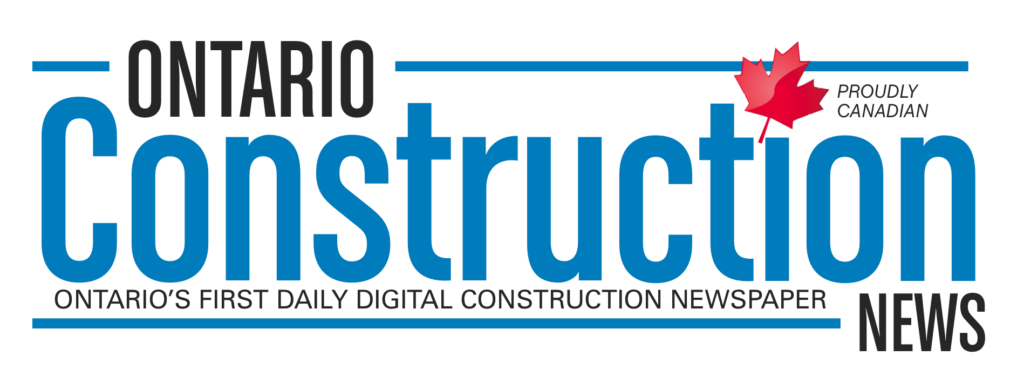By Tim Klabunde
Diamonds were not valuable until a 1938 marketing campaign invented the engagement ring and eventually coined the phrase “diamonds are forever.” Santa’s suit was green until it became red during a 1931 Coca Cola marketing campaign. Sliced bread was a terrible idea until a 1920’s marketing campaign promoted it as a time saving necessity. As a marketer, our role as a leader is telling and shaping a story; a story that, in the design and construction industry, will shape the face of the earth for the next hundred years or more.
It is not a surprise that I am a marketer in the design and construction industry. Marketing is leadership; it is about changing mindsets and setting a direction for others to follow. That is why I fell in love with marketing for an industry whose product literally changes the face of the earth.
As marketers for the built environment we do something exceptional and permanent; two qualities that marketers of widgets, software, and just about anything else you can think of can only dream about. From our roles as marketers in each of our firms we also have a mutual responsibility that goes far beyond the industry we serve. Our collective voice as marketers will shape what the future will look like for the built environment, and it is a future that we need to work together to create. It is our choice, we can promote what has always been, or we can focus on leveraging our positions of leadership to promote projects and project approaches that truly make a difference.
I propose that together we can shape three key ideas that will have a long-lasting and positive impact around the world:
First, we can promote a more sustainable built environment. This goes far beyond reducing, reusing, and recycling because of the enormity of the end product our industry designs and builds. Buildings and infrastructure are arguably the manmade creations with the largest and longest lasting impact on earth. Together we can move the needle if we continually reinforce the benefits of sustainability in our brochures, proposals, websites, etc. This goes beyond just using buzz words and instead identifies the benefits of sustainability and promotes a culture of sustainability.
Second, we need to promote connectedness and community instead of elitism and isolation. Anyone who has ever lived near train tracks can tell you about what the phrase “the other side of the tracks” means. This idea is equally important when designing roads as it is when designing mixed-use developments; in both cases connectivity can be used to spur a sense of community that brings us together. This is also important when opportunities exist to promote open community spaces such as parks. As marketers, we can promote the benefits of these ideas to facility owners and clients by appealing to their goals for a specific project. An example would be showing how increased pedestrian flow to a local park would increase revenues to businesses along the route.
Finally, we can promote projects that possess flexibility for the future. Just as during the industrial revolution, the built environment continues to struggle with meeting the needs of our changing world. Collectively we need to focus on creating buildings, infrastructure, and spaces that can adapt to the future. The key to accomplishing this is to ensure that teams of various design professionals are included as early as possible in the process. This collaboration is a key to developing the most effective solutions for creating spaces that meet the needs of both this generation and the next.
These are just a handful of ways that we can to provide true marketing leadership, but they are each important. Collectively we have a great opportunity, as professional services marketers, to help shape the face of the earth for the next hundred years. It is true that we will most probably not replace the diamond engagement ring, change the colour of Santa’s suit, or invent the next sliced bread; but I am confident that what we will accomplish will be much more important.
Tim Klabunde is principal and director of marketing for Timmons Group, an ENR Top 500 design firm. In his role at Timmons Group the firm has seen unprecedented growth, landing the firm on the INC. 5000 list of America’s Fastest-Growing Companies. He is a fellow from Johns Hopkins University and an Amazon best selling author.

